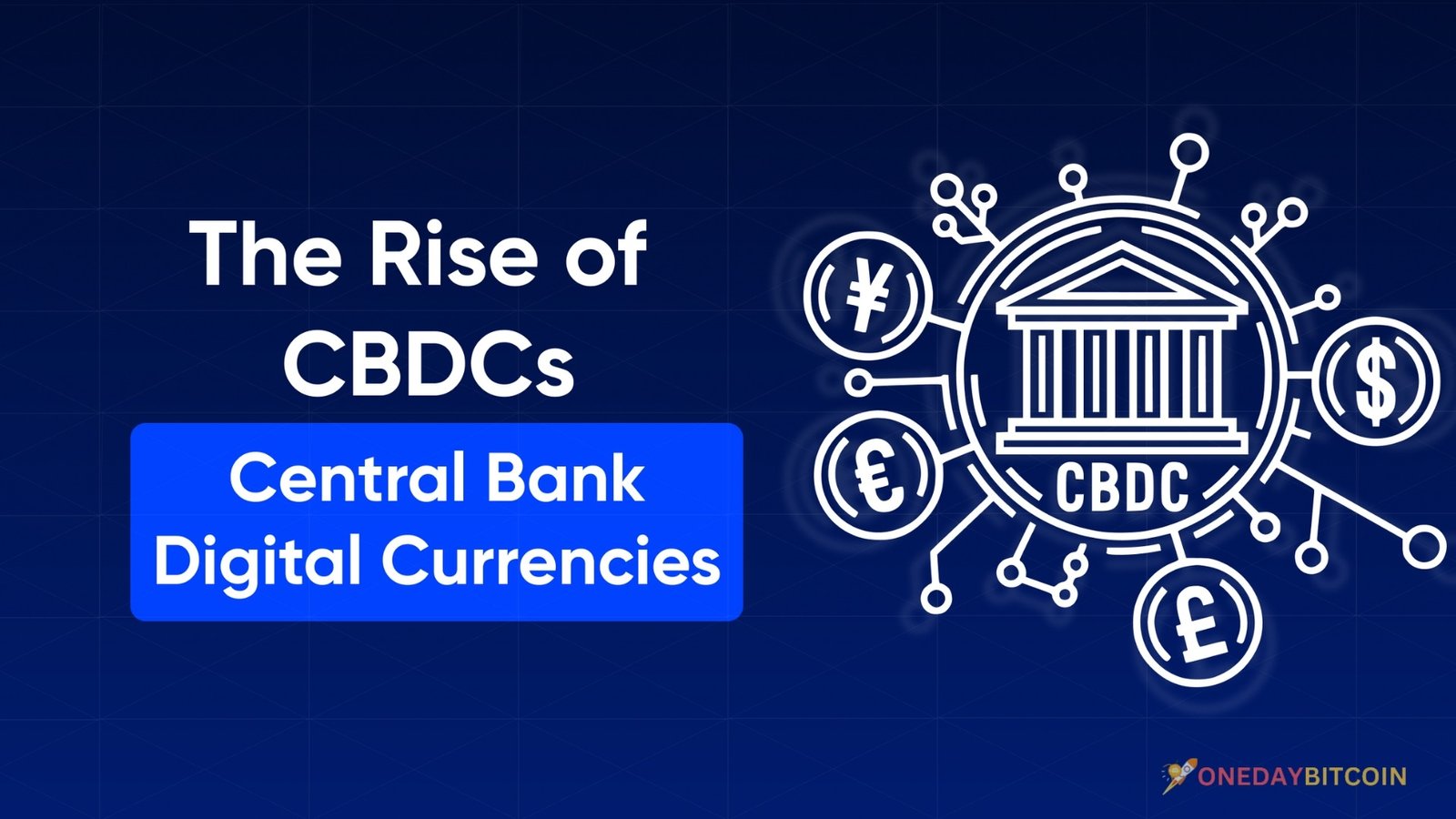Bitcoin Storm: The cryptocurrency world has been nothing short of a financial tempest, with Bitcoin at its epicenter. Since its inception in 2009, Bitcoin has revolutionized how we perceive money, investments, and economic systems. Over the years, it has faced numerous ups and downs, earning it the moniker “Bitcoin Storm.” This article delves into the latest developments in the Bitcoin landscape, examining the factors driving its recent volatility, its challenges, and what the future might hold for this digital asset.
The Current State of Bitcoin
As of 2024, Bitcoin remains the most dominant cryptocurrency by market capitalization, a position it has held since its early days. However, the journey has been far from smooth. After reaching an all-time high of nearly $69,000 in November 2021, Bitcoin experienced significant fluctuations, with its price dropping below $20,000 at various points in subsequent years. These wild price swings have continued, primarily driven by macroeconomic factors, regulatory news, and changing investor sentiment.
Macroeconomic Factors and Bitcoin’s Volatility
One of the critical drivers of Bitcoin’s recent volatility has been the broader macroeconomic environment. High inflation rates, rising interest rates, and geopolitical tensions have created a complex economic landscape, impacting traditional financial markets and cryptocurrencies. As central banks worldwide, particularly the Federal Reserve in the United States tightened monetary policies to combat inflation, risk assets like Bitcoin have experienced increased selling pressure.
Bitcoin, often touted as “digital gold,” has not always lived up to its reputation as an inflation hedge. While some investors still view it as a store of value, others have been spooked by its price volatility, leading to significant sell-offs during periods of economic uncertainty. This has contributed to the so-called “Bitcoin storm,” where the cryptocurrency’s price moves in tandem with traditional risk assets rather than acting as a haven.
Regulatory Challenges and the Impact on Bitcoin
Regulation remains one of Bitcoin’s most significant challenges. Governments and regulatory bodies worldwide are increasingly focusing on the cryptocurrency market, seeking to impose stricter controls and oversight. In the United States, the Securities and Exchange Commission (SEC) has taken a more aggressive stance on cryptocurrency exchanges and Initial Coin Offerings (ICOs), leading to heightened scrutiny of Bitcoin-related activities.
Moreover, the European Union has introduced the Markets in Crypto-Assets (MiCA) regulation, aiming to create a comprehensive regulatory framework for digital assets. While these regulations are intended to protect investors and ensure market stability, they also introduce uncertainty, which can exacerbate volatility in the Bitcoin market. The fear of potential crackdowns or restrictive measures has led to periodic sell-offs, contributing to the ongoing storm.
The Rise of Central Bank Digital Currencies (CBDCs)
Another factor contributing to the uncertainty in the Bitcoin market is the rise of Central Bank Digital Currencies (CBDCs). Several countries, including China, the European Union, and the United States, are exploring or actively developing their digital currencies. While CBDCs are not direct competitors to Bitcoin, their emergence represents a significant shift in the digital currency landscape.
CBDCs aim to offer the benefits of digital currency—such as fast transactions and reduced costs—while maintaining the stability and trust associated with traditional fiat currencies. Some analysts argue that the widespread adoption of CBDCs could lessen the appeal of cryptocurrencies like Bitcoin, particularly those seeking a digital alternative to conventional money. However, others believe CBDCs could coexist with cryptocurrencies, each serving different purposes in the financial ecosystem.
Institutional Adoption and the Growing Role of Bitcoin
Despite the challenges, Bitcoin continues to gain traction among institutional investors. In recent years, large financial institutions have entered the cryptocurrency space, signaling a growing acceptance of the digital asset as a legitimate investment. Companies like MicroStrategy, Tesla, and Square have added Bitcoin to their balance sheets.
Moreover, the launch of Bitcoin Exchange-Traded Funds (ETFs) in various markets has made it easier for investors to gain exposure to Bitcoin without directly holding the asset. Bitcoin Storm: These developments have helped to increase liquidity in the Bitcoin market, making it more attractive to institutional investors. However, the influx of institutional money has also introduced new dynamics, with large investors capable of influencing Bitcoin’s price movements.
The Role of Technology in Shaping Bitcoin’s Future
Technological advancements continue to play a crucial role in Bitcoin’s evolution. The ongoing development of the Bitcoin Lightning Network, a second-layer solution designed to improve the scalability and speed of Bitcoin transactions, is a critical factor in its future adoption. By enabling faster and cheaper transactions, the Lightning Network could help address one of Bitcoin’s most significant criticisms—its scalability limitations.
Additionally, integrating Bitcoin into decentralized finance (DeFi) platforms is an emerging trend. By allowing Bitcoin holders to participate in DeFi activities, such as lending, borrowing, and yield farming, these platforms are expanding the use cases for Bitcoin beyond its traditional role as a store of value or speculative asset.
Environmental Concerns and the Push for Sustainable Mining
Environmental concerns surrounding Bitcoin mining have been a topic of intense debate. The energy-intensive mining process, particularly in regions reliant on fossil fuels, has drawn criticism from environmentalists and policymakers. In response, there has been a growing push towards sustainable mining practices, with some mining operations transitioning to renewable energy sources.
The debate over Bitcoin’s environmental impact has led to a broader discussion about the future of proof-of-work (PoW) consensus mechanisms. While Bitcoin is unlikely to transition away from PoW, given its role in securing the network, there is increasing interest in alternative consensus mechanisms, such as proof-of-stake (PoS), which is considered more energy-efficient. This ongoing discourse may shape the narrative around Bitcoin in the coming years, influencing both its adoption and regulatory treatment.
The Future of Bitcoin
With so many variables in the dynamic cryptocurrency market, Bitcoin’s future is anyone’s guess. Its future is highly dependent on larger developments in technology, regulation, and institutional adoption, yet its price can still be volatile in the near future.
With the emergence of CBDCs in more countries and more transparent regulatory frameworks for digital assets, Bitcoin’s position in the global financial system is becoming increasingly apparent. How these dynamics play out will determine whether it becomes a digital gold, a vehicle for financial inclusion, or just a speculative asset.
Finally, Bitcoin is still in the midst of a storm. As the cryptocurrency sector develops, Bitcoin is expected to encounter fresh obstacles and possibilities. Its future is heavily dependent on the actions of investors, policymakers, and technologists. In the ever-changing world of international finance, one thing is sure: Bitcoin, the pioneer of the cryptocurrency revolution, will play a pivotal role.


